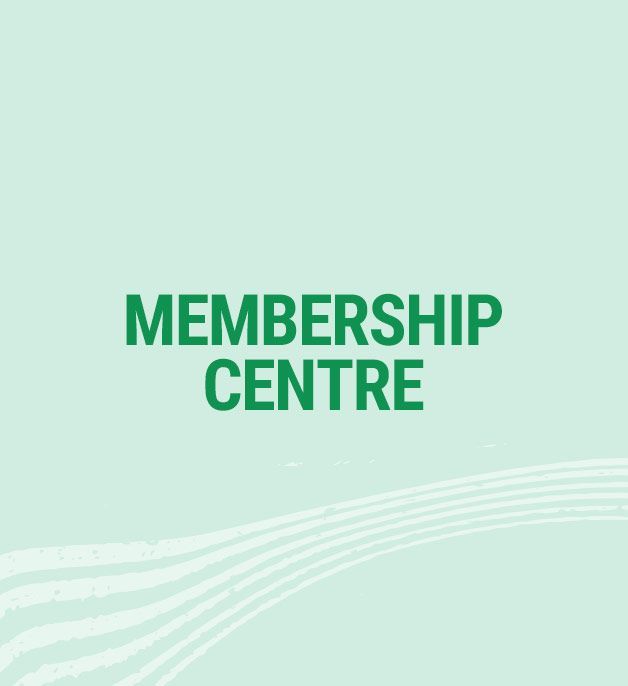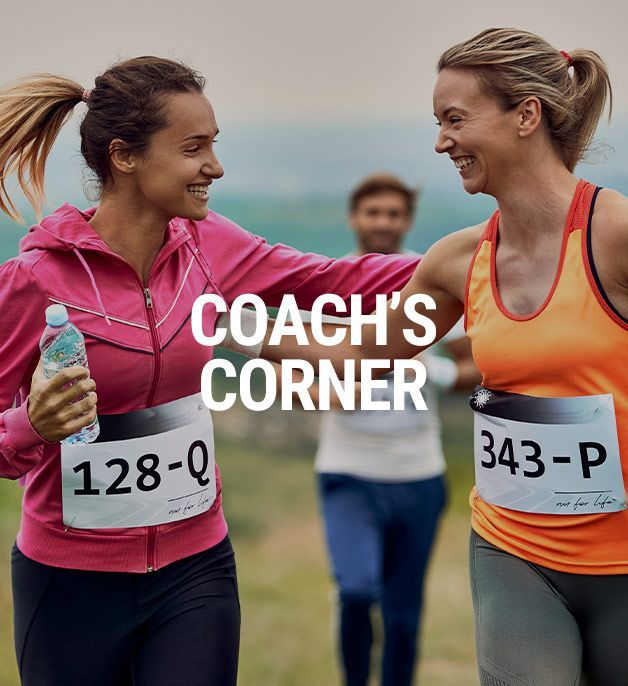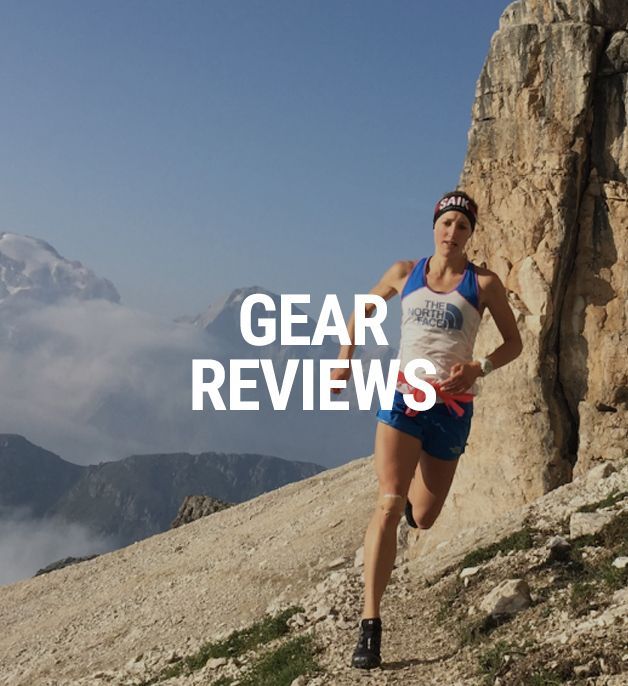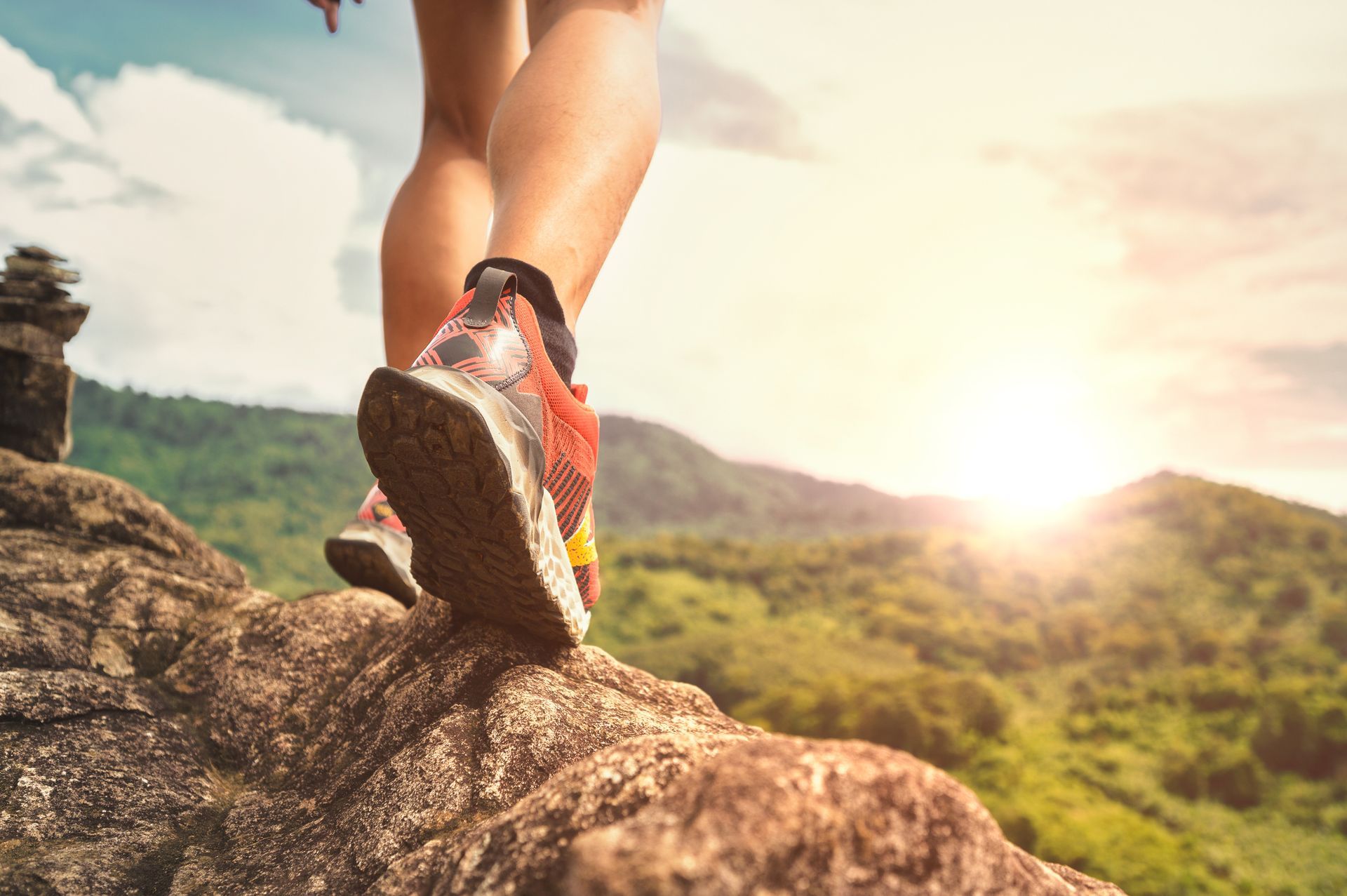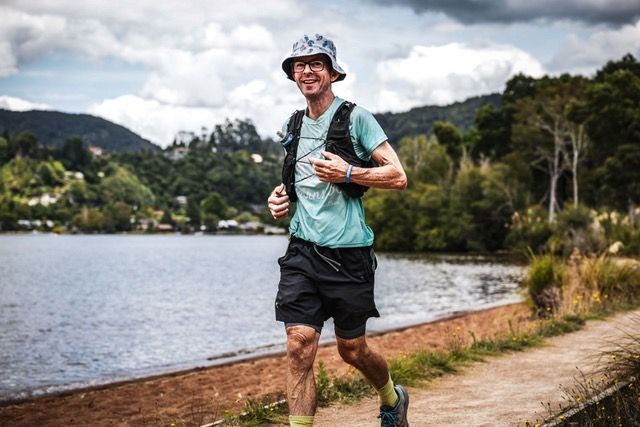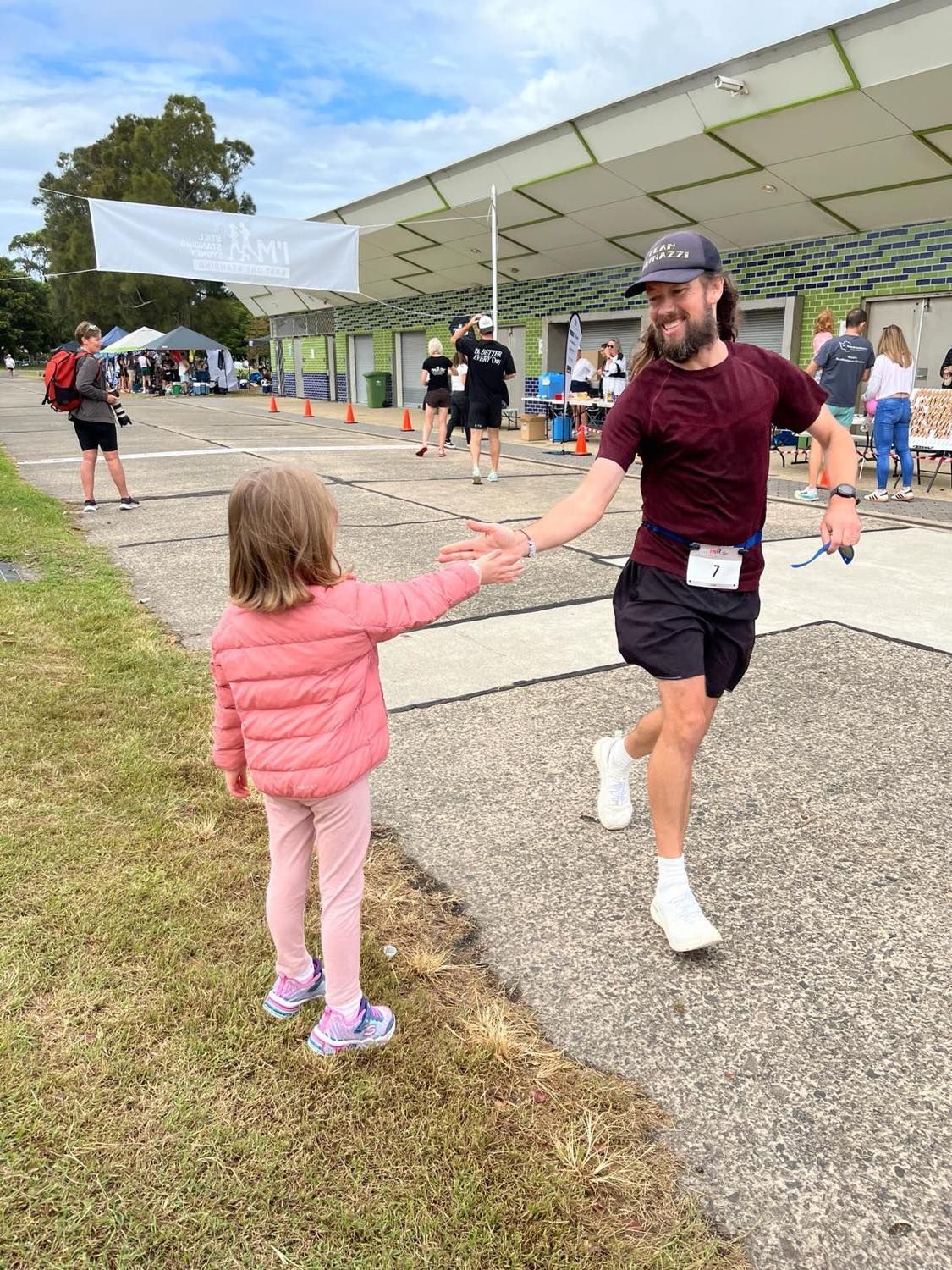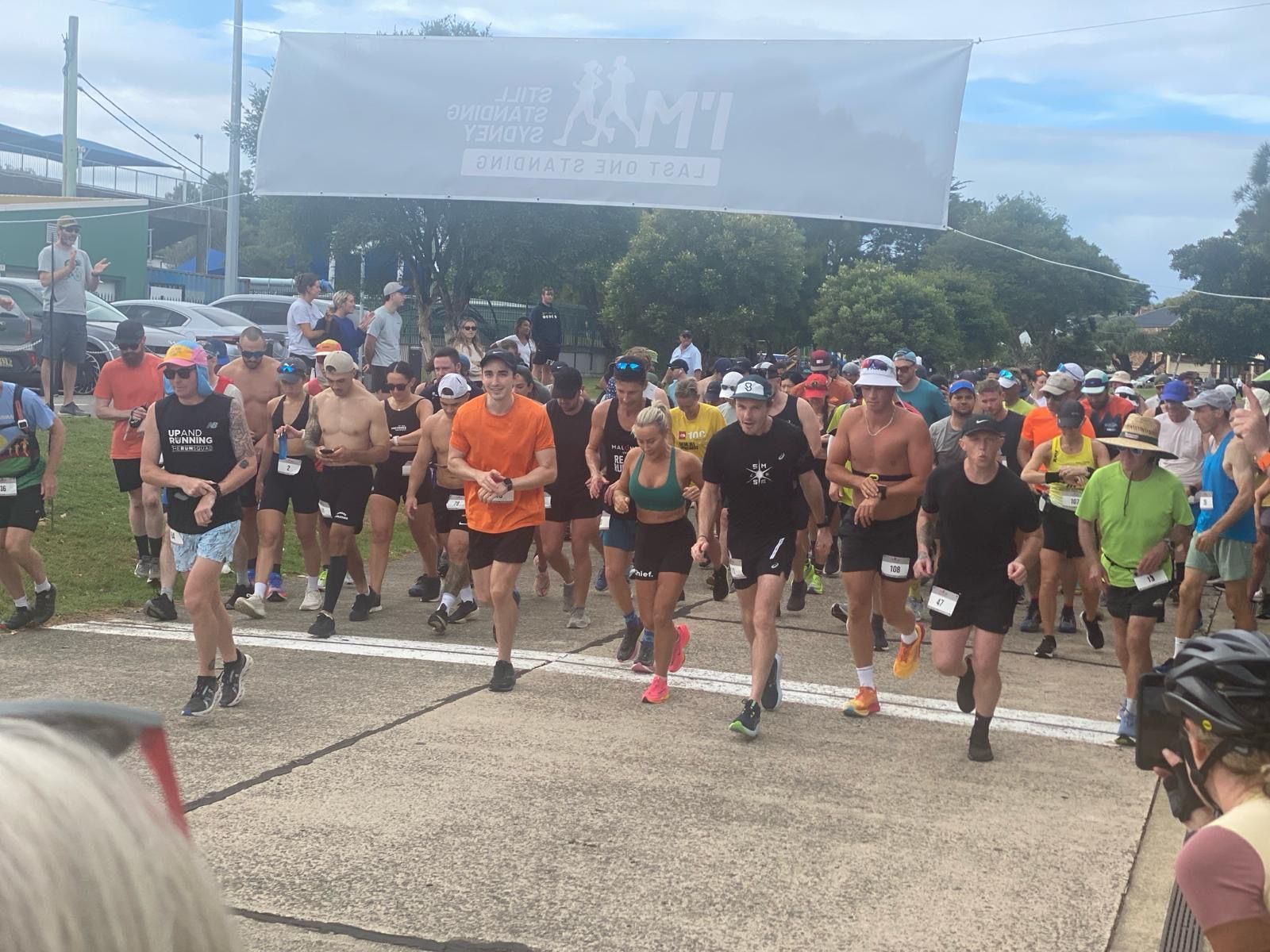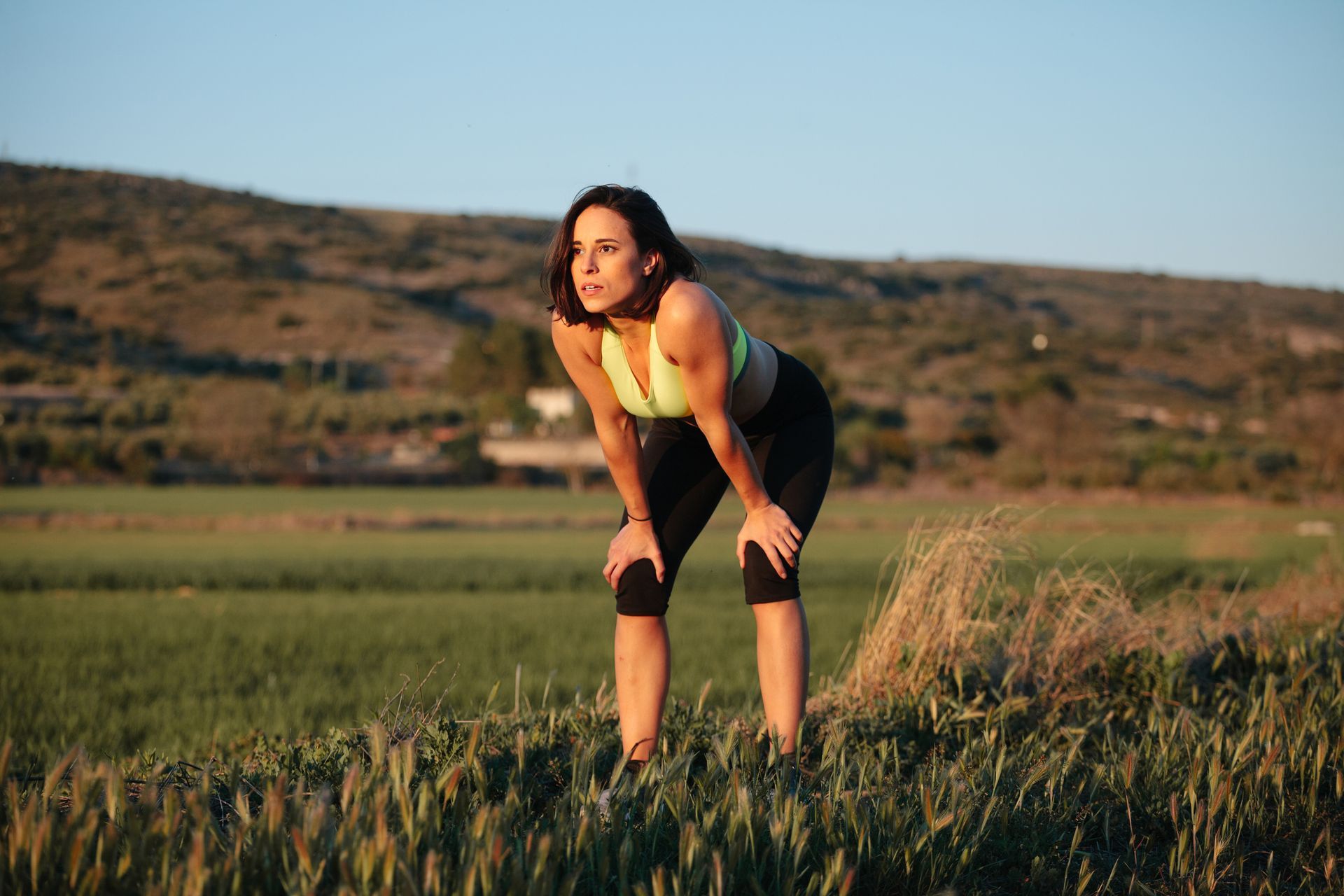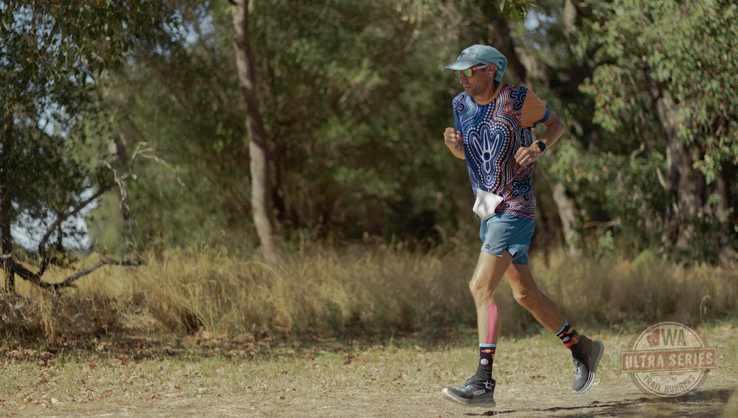
GORE’S ‘JUST A SHORT ONE’
Contributed by Phil Gore, AURA member (Darling Downs, WA)
Winner of the 2022 Lighthorse Ultra Men’s 12hr
LIGHTHORSE ULTRA, WOODVALE (WESTERN AUSTRALIA), 23-24 April 2022
Lighthorse Ultra is a timed event held on a 2.5km loop at Perry’s Paddock in Woodvale, just north of Perth. Competitors cover as much distance as they can around a 2.5km loop for either 3, 6, 12 or 24 hours (there is also a shorter option of 1 hour which is held on a different loop). I’ve done this event each year since 2019, when I entered the 12-hour and managed to snag 2nd place with a distance of 124.68km. At that point in time, it was my longest run ever, having never done more than 47km before. The following two years I entered (and won) the newly introduced 24-hour option, with distances of 215.11km (2020) and a whopping 255.19km (2021).
This year, I dropped back down to the shorter 12-hour option, with the intention of using it as a training run for my next A Race, the Canberra 24-hour Track Invitational. Although I set myself distance targets, my main focus would be to complete the 12 hours comfortably; essentially, I wanted to run this event as if it were the first 12 hours in Canberra.
As part of my preparations for Canberra, I was also putting a bigger focus on my mental training, and my nutrition. I had enlisted the help of Rob Donkersloot at Mind Focused Running, and Gaby Villa at Intenseatfit, and Lighthorse would give me a good opportunity to test some new strategies I had been working on with each of them.
I arrived early on Saturday morning to set up, but my race wouldn’t start until 3am the following morning. My wife Gemma was taking a break from crewing me this time and had instead entered herself in the 24-hour. Cass and Nathan stepped in as crew for the both of us. Gemma, along with the rest of the 24-hour runners, started at 3pm Saturday. I spent the first 3-ish hours helping crew for her, but once the sun went down, I snuck off to the car for a sleep.
I had a solid 7 hours sleep and woke up just before 2am, feeling great. Normally I find it hard to sleep the night before an event, but there was no stress heading into this one and my mind was restful. I think because I was just using it as a training run and I placed no pressure on myself to win or produce an incredible result. Compared to the events I normally compete in, this was just a ‘short’ one.
Once I had gotten myself ready and had something to eat, I assembled at the start line with the rest of the 12-hour runners. We kicked off at 3am, joining the 24-hour runners who were now halfway through their race. As usual, I took off a little bit quicker than I should have, finding it is very easy to get carried away with the pace. With a few little reminders to myself to back it off a bit, I settled into a rhythm after a few laps.
Starting at 3am meant we got the ‘witching hours’ out the way first, albeit not really a concern of mine in a 12-hour run. It was actually a really nice time of day to run. The weather was cool, but not too cold that I had to layer up. The early stages of these long races, whilst physically easier with fresh legs, can be a lot more mentally challenging with the daunting prospect of so many hours ahead of you. I found it really important to not get hung up on the overall distance, and just be more mindful of how I was going in the present moment. As much as I had a target pace to try to stick to, I found myself not stressing about it too much. My aim was to get through the first six hours comfortably, and from there I would decide how I wanted to tackle the second six.
If you’ve read my race reports before, you will know I am a fan of listening to audiobooks on my runs. My book choice this time was Turning Right by Australian ultra runner – and AURA member – Kay Bretz. I was recommended his book by a friend, and then not long after, I met Kay through a Zoom Mind Focused Running group meeting. I found his journey in running somewhat similar to mine, but felt I had a lot to learn from him in how he approached things from a mental standpoint. It would also tie in very well with what I had been learning from Rob and was the perfect book to listen to during this ultra – particularly in the lead up to the 24-hour Track Ultra.
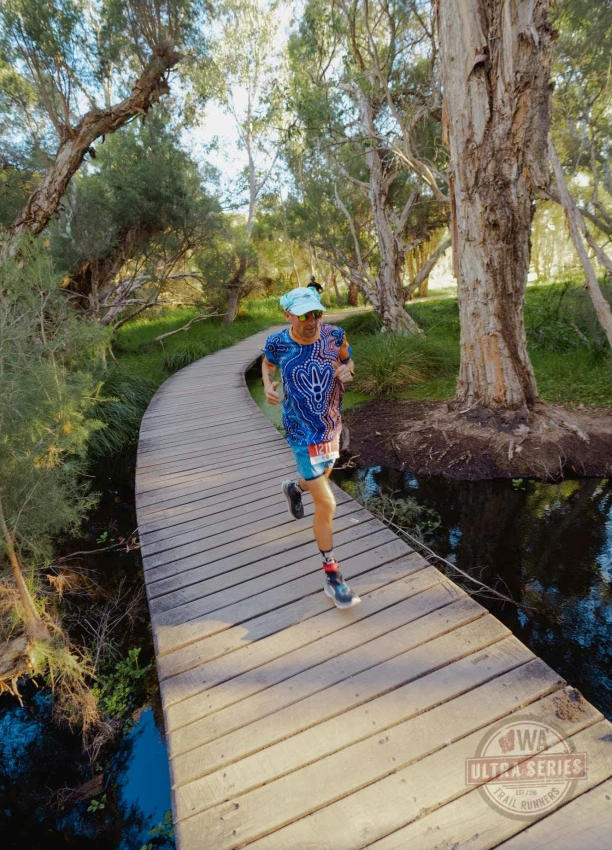
Photograph – Noeko.
My headphones battery only lasted about three hours, but that was a good amount of time to listen to the book before taking a break. As my headphones charged over the following couple of hours, I used the opportunity to practise some mindfulness and meditation techniques. I repeated this cycle for the remaining duration of the race, alternating between the audiobook and mindfulness.
One of the things I love about these looped events is the amount of amazing people you get to run with, and at 6am we entered the busiest part of the race. This was the starting time for the 3- and 6-hour runners, and with the sun just coming up, some of the 24-hour runners who had disappeared for a nap had re-emerged. It was around this time too that I slowed down briefly for my first proper meal break (I’d eat while walking so I was still covering distance), and then a few laps later I had a quick pause to apply some sunscreen, grab a hat, and change my top. With my preparation I had actually set aside the required clothes for a full outfit change (top, shorts, underwear, socks), but by the time I got to that point I realised it wasn’t necessary and it would just waste time. The sunscreen and hat were non-negotiable though, so when I paused for those, I quickly changed my top too.
From this point, the temperature started warming up, and my plan to manage the heat was simple. Each lap I passed my crew, they had a freshly chilled cooling towel and an icy-cold water flask ready to swap out with me. I’ve always kept a single cooling towel as part of my kit, but this year I purchased a second one, and it proved to be really convenient. I’d wear one cooling towel around my neck, whilst the other one sat in a bucket of ice and water, and they would get alternated each lap. I can highly recommend using a cooling towel (or two) if you are going to run these long ultras in hot weather. Chilled Gatorade and Coke is also a must-have.
Like a metronome, I continued ticking over the laps, and I was sticking to my plan of remaining comfortable. There was no worrying about how much distance I had covered, or how much distance was yet to come. The great thing about a timed event is that with every minute that passes, you get a minute closer to the finish line – it doesn’t matter what pace you are moving at (or even if you are moving at all). Finishing the race would be inevitable, I would get there when I get there, I just had to focus on what I was doing in the present moment.
I reached the 70km mark one minute before the end of the 6th hour. I was effectively halfway to my stretch goal of 140km. However, in my planning stages, I accounted for a fade in the second half, which meant I was on track for my main goal of 135km. Nevertheless, I wasn’t going to get too caught up in the details – I was still feeling comfortable so I continued to run at the same pace. I was still anticipating a fade, but it wasn’t going to be as pronounced as a sudden change in pace at the 6-hour mark; I expected it would happen more gradually. It was around this time I had my second meal – this time it was fried rice, again briefly slowing down to a walk to eat.
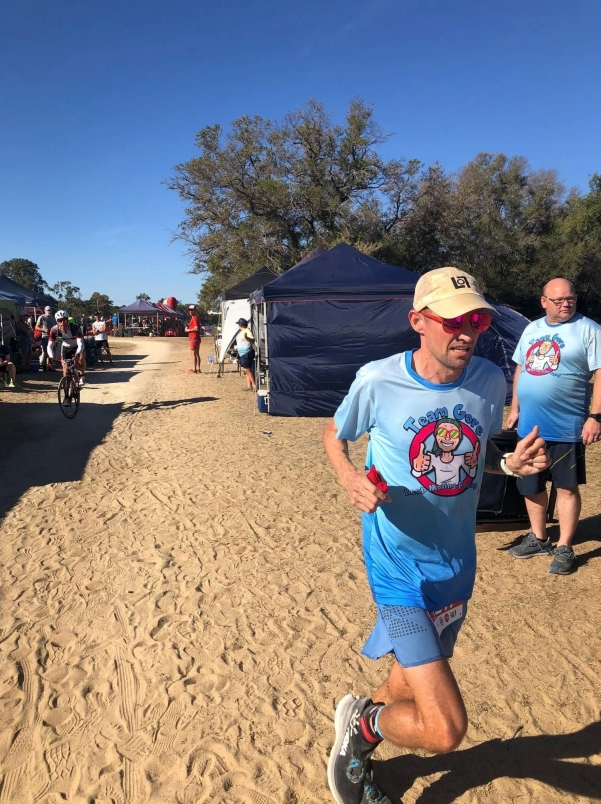
Photograph – Rob Donkersloot.
Just after 7 hours into the race, at the 82.5k mark, I mentioned to my crew that I might want to check my feet for blisters on the next pass. As I continued on that lap, I debated with myself whether I actually needed to stop or not. I could feel rubbing on certain spots on my feet and toes, but I couldn’t tell if they were blisters and I didn’t know if it was enough to warrant a stop and waste valuable time. However, about halfway around that lap the decision was made for me. It turned out there most definitely was a blister, and I had just felt it pop. So as I came back to the crew tent, I sat down for the first (and only) time during the race. I removed both shoes and socks and Nathan attended to the blisters that I had. Once both feet had been thoroughly checked and had dressings applied, I put on a fresh pair of socks and my same shoes back on. By the time I left the tent I had been stopped for around 7 minutes. This had caused my overall pace to jump up dramatically, but now that my feet were padded and protected, I felt I could speed up a little to bring the pace back down. Not exactly consistent with my plan of not worrying about pace and just focusing on being comfortable, but a few quick laps wouldn’t hurt.
I had planned another full outfit change just before midday, but again, I got to that point and realised I didn’t need it. Even with the hot weather I still wasn’t having any problems with chafing etc, so didn’t see the point in wasting time changing everything. The minutes are a bit more valuable in a 12-hour race, as opposed to a backyard ultra where I have a forced rest every hour. However, I needed to reapply sunscreen, so I paused briefly to do that, and as I did, I also quickly changed my top. A few laps later I slowed down for my third meal, vanilla rice cream, which would see me through the remaining three hours.
As I progressed a bit further, starting to get to the pointy end of the race, I found myself focusing on my pace more. Although I had initially planned for a fade after halfway, I had got it in my head that I could hit my stretch goal of 140km, despite the fact that I was finding it increasingly harder to maintain the required pace. I was meant to be using it as a training run and I tried to remind myself that the overall distance didn’t matter. I have always been a very results-driven person with my running, and I struggled with making this an experience-driven run. I guess it had been easy for me to not stress about the overall result for the first three-quarters of the race, when things were going well, but now that I was beginning to falter, it was a challenge for me to continue to not stress about it.
It was just after the 120km mark, or on the 49th lap, that I took my first proper walking break. I was a little disappointed in myself, as another goal of mine had been to get through the whole 12 hours without walking (besides when I was eating). Then I got disappointed in myself for getting disappointed in myself, so I turned my mindset around and told myself it was ok to walk. I was able to accept this as just part of the process, and on each lap from then on, I allowed myself a walk break or two. Although I wasn’t going to get to 140km, I was still easily on target for 135km, and I was going to be more comfortable doing it.
In the three times I’d done this event previously, I had calculated my pace for the final few laps to finish close to the finish line, or thereabouts. Once the time was up and I stopped running, I wanted as short a distance as possible to get back to my aid station. This time, I didn’t concern myself with it. I was going to run as well as could until the final second, no matter where that left me finishing up. To calculate the final distance, you are required to grab a small sandbag on your last lap and drop it when the time is up. As I came in from the 53rd lap, I had about 17 minutes remaining, easily enough time to get one more complete lap done before grabbing the sandbag. On that lap, with the end in sight, I told myself I wouldn’t take anymore walk breaks, and I somehow managed to speed up the pace to under 5 minutes per kilometre, despite struggling with an average of 5:30-6:00/km for the previous 30km. I crossed the finish line and still had over 5 minutes remaining, so I kept moving, and in fact, I sped up even more. My last kilometre was just over 4 minutes per km, which got me another 1,390 metres around the course. Just past the halfway point, which is the exact spot you do not want to finish up in this race. Finishing at halfway means you have the maximum amount of distance to walk back to the race village, in either direction. At the spot where I finished, I had just over 1km of walking. That doesn’t sound like much when you consider I how far I had just run, but once your mind knows the race is over, your body starts to shut down. Fortunately, I had a bit of foresight and had told my dad on the previous lap to meet me around there and to bring an umbrella and a Matso’s ginger beer.
My official distance for the 12 hours was 136.39km, enough for first place. Although it might have not been exactly how I want the first 12 hours to go in Canberra, I am still happy with the overall performance. The parts I’m not exactly happy with, I am able to learn from and adjust my planning for the Track Ultra accordingly.
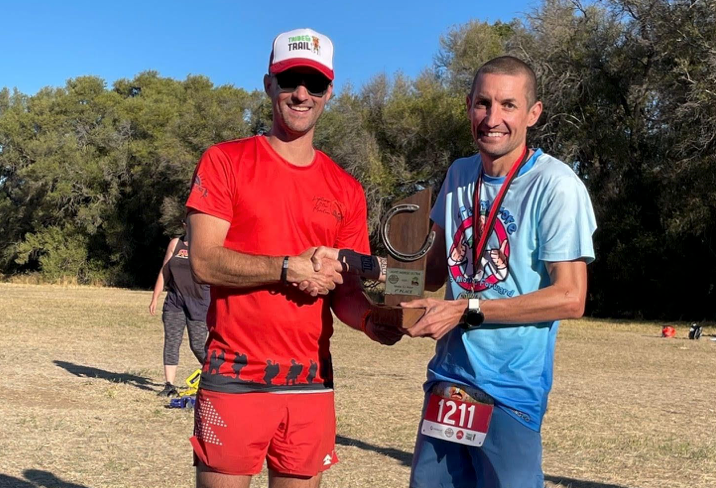
AURA member Wayne McMurtrie handing over the 1st Male trophy to Phil. Photograph – Julia Mackay.
There were a few highlights for me at this event. At the top of the list is seeing my wife Gemma tackle the 24-hour event and absolutely smash her distance PB. Having never run more than 25km before, she clocked up an impressive 95.28km! And most importantly she never gave up and refused to pull out early when her body told her she had had enough. I loved seeing Kevin Matthews out on course (I hardly saw him in the chair this year), and, third time lucky, smashing the 200km barrier and taking out the win for the 24-hour. People like Mel Maisey and Nanda Van Bronswijk who had never even run so much as a marathon and were now out there running an ultra. Daryl Howe, who doesn’t let his cerebral palsy stop him from running, was an inspiration to see continually moving forward lap after lap in the 12-hour. Margie Hadley, who took out the win for the females for the 12-hour, always had something encouraging to say on the few times that I passed her. In fact, almost every runner I passed or who passed me had something nice or encouraging to say. Sometimes, words didn’t even need to be spoken. A smile or a wave or a nod was enough to let each other know, “we are in this together, we are getting this done.” There is always a deep sense of camaraderie between runners at these events, and it doesn’t matter what event you are in or what lap you were on. I love seeing the experienced runners gunning for a huge distance just as much as I love seeing the people who have signed up for the first time and are stepping outside of their comfort zone.
Pictured (feature): Phil Gore out on the course for the 2022 Lighthorse Ultra 12hr. Photograph – Noeko.
